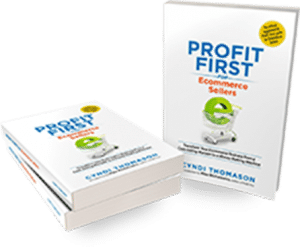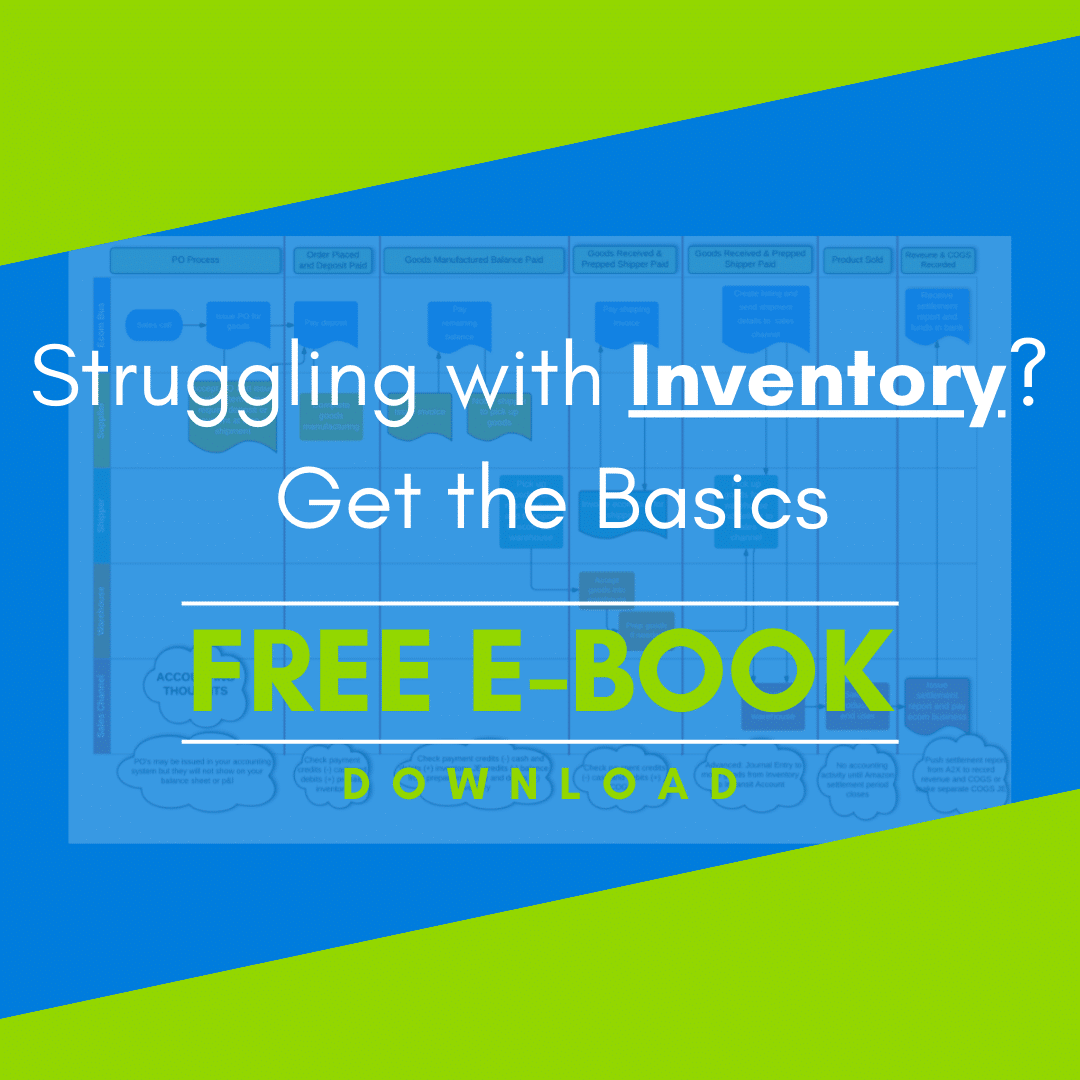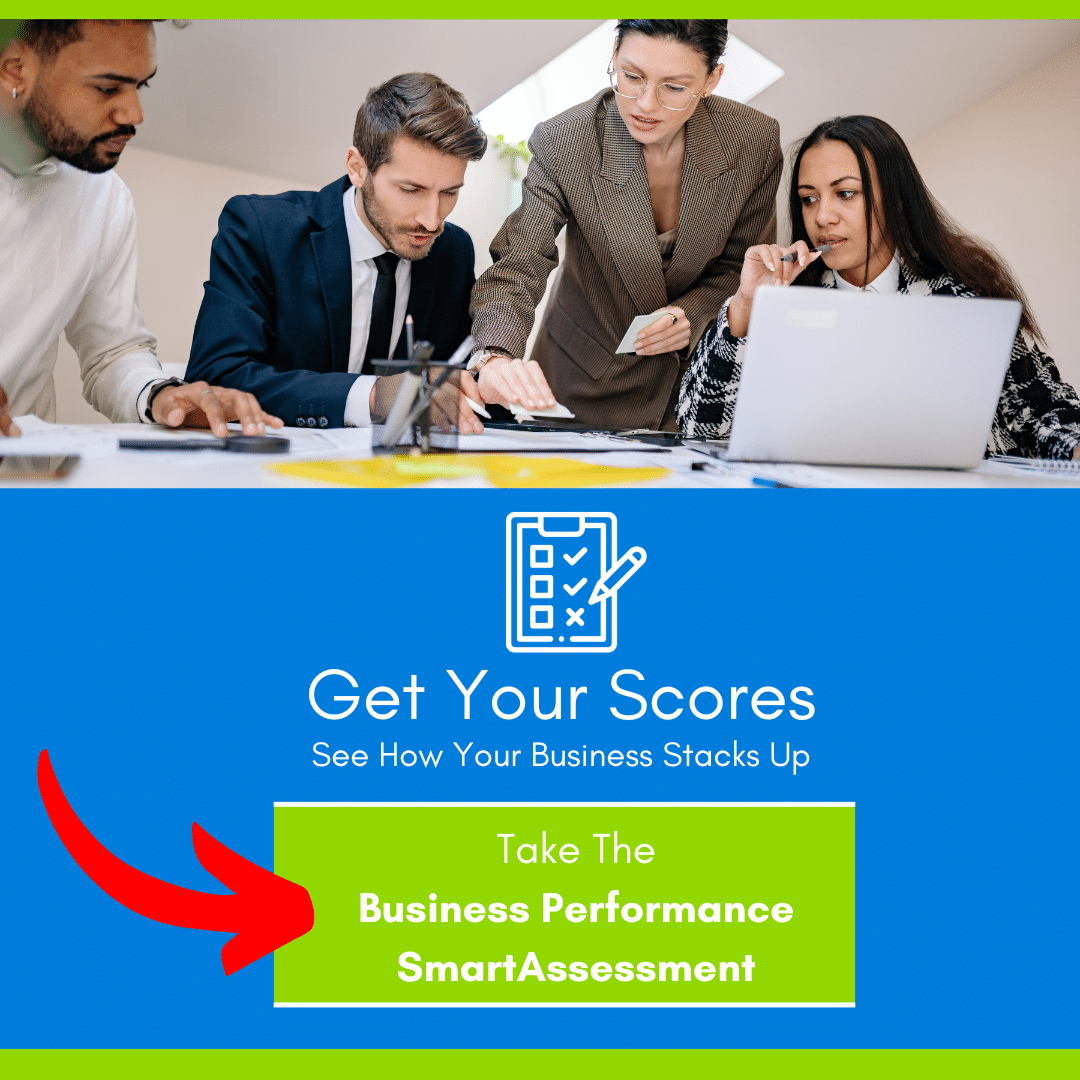
As an ecommerce business owner, understanding your financial health is critical to sustaining and growing your business. One of the most powerful tools at your disposal is the Profit & Loss Statement. This document not only reflects your company’s performance over a specific period but also provides insights into areas where you can optimize for better profitability.
As experts in ecom, we can guide you through the essential components of a Profit & Loss Statement and how to leverage this information to make strategic decisions that drive success. Below we’ll talk about some quick action steps that can get you on the right track but be sure to read to the end for the full P&L review video where I go over everything in detail.
Understanding Your P&L
Your Profit & Loss Statement (P&L) is a vital tool for tracking your business’s financial performance. If your numbers are accurate, the P&L shows how well your company is doing within a given fiscal year, usually from January 1 to December 31 for most small businesses. Regularly reviewing your P&L helps you make informed decisions.
Here are the Key Sections to focus on:
Revenue
Keep an eye on the income generated from product sales. This is your revenue. Compare your current revenue with the same period last year and look for patterns and trends in your monthly revenue figures. Pulling the report for an entire year displayed by month can also help you see the trends throughout the year.
Cost of Goods Sold (COGS)
Include costs related to manufacturing, freight, and packaging. Compare COGS year-over-year and month-by-month to see how profitable your business is. It’s essential to understand which products have the highest and lowest margins and adjust your strategy accordingly. Reviewing your P&L Year to Date by month can help you understand how to do this.
Gross Margin
Gross Margin is calculated as (Revenue – COGS) / Revenue. Comparing your monthly and yearly margins helps gauge financial health. A healthy gross margin indicates your business can cover its operating expenses and generate profit. However, if your monthly inventory valuation isn’t accurate, you’ll most likely have inconsistent margins.
Expenses
Review and compare your current expenses with those of the previous year. Identify any increases or decreases in expenses and understand their causes. Categories to watch include payroll, marketing, and administrative costs. Analyzing these expenses can reveal areas where you can cut costs or might want to invest more.
Other Income and Expenses
Note any non-operational income and expenses, like interest income, which don’t affect daily business operations. Understanding these can provide a clearer picture of your business’s overall financial health.
Net Profit
Net profit is what remains after all expenses are deducted from revenue. This figure is crucial as it shows the actual profitability of your business. Regularly reviewing net profit helps you make strategic decisions to improve profitability.
Additional Tips for Reviewing Your P&L
- Regular Reviews: Make it a habit to review your P&L monthly. This practice helps you stay on top of your financials and quickly address any issues.
- Benchmarking: Compare your performance against industry benchmarks. This comparison can provide insights into areas where you can improve.
- Consult Professionals: Work with a financial advisor or accountant to get a more detailed analysis of your P&L. Their expertise can uncover trends and opportunities you might miss.
For a deeper dive and visual examples, watch our full video on reviewing your P&L.
If you’re looking at your financial statements and have no idea where to go from here, you need a SmartCFO Advisor to help with financial direction and coaching, and we can help! Reach out to the bookskeep Team today!

If your ecommerce business isn’t where you’d like it to be in terms of profitability, check out my book, Profit First for Ecommerce Sellers. It answers important questions about how to implement Profit First in an ecommerce business. Take control of your money and your business, and put Profit First to work for you!
You can also sign up for the Profit First for Ecommerce Sellers Online Course. As a Mastery Level, Certified Profit First Professional, I will teach you why Profit First works so well for ecommerce businesses and the particular challenges for businesses that have physical products requiring inventory management. You will learn how your behavior drives your money management habits for your business and how you can set up your business bank accounts to work with your habits.
Check out all our ecommerce accounting and profit advising services here!




Leave a Comment